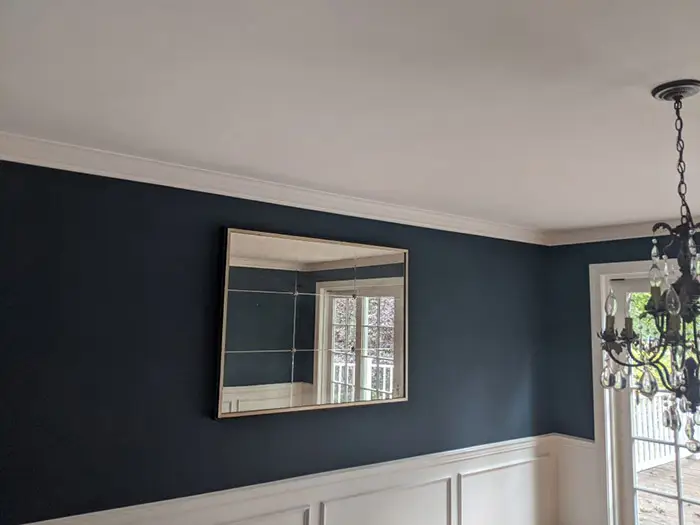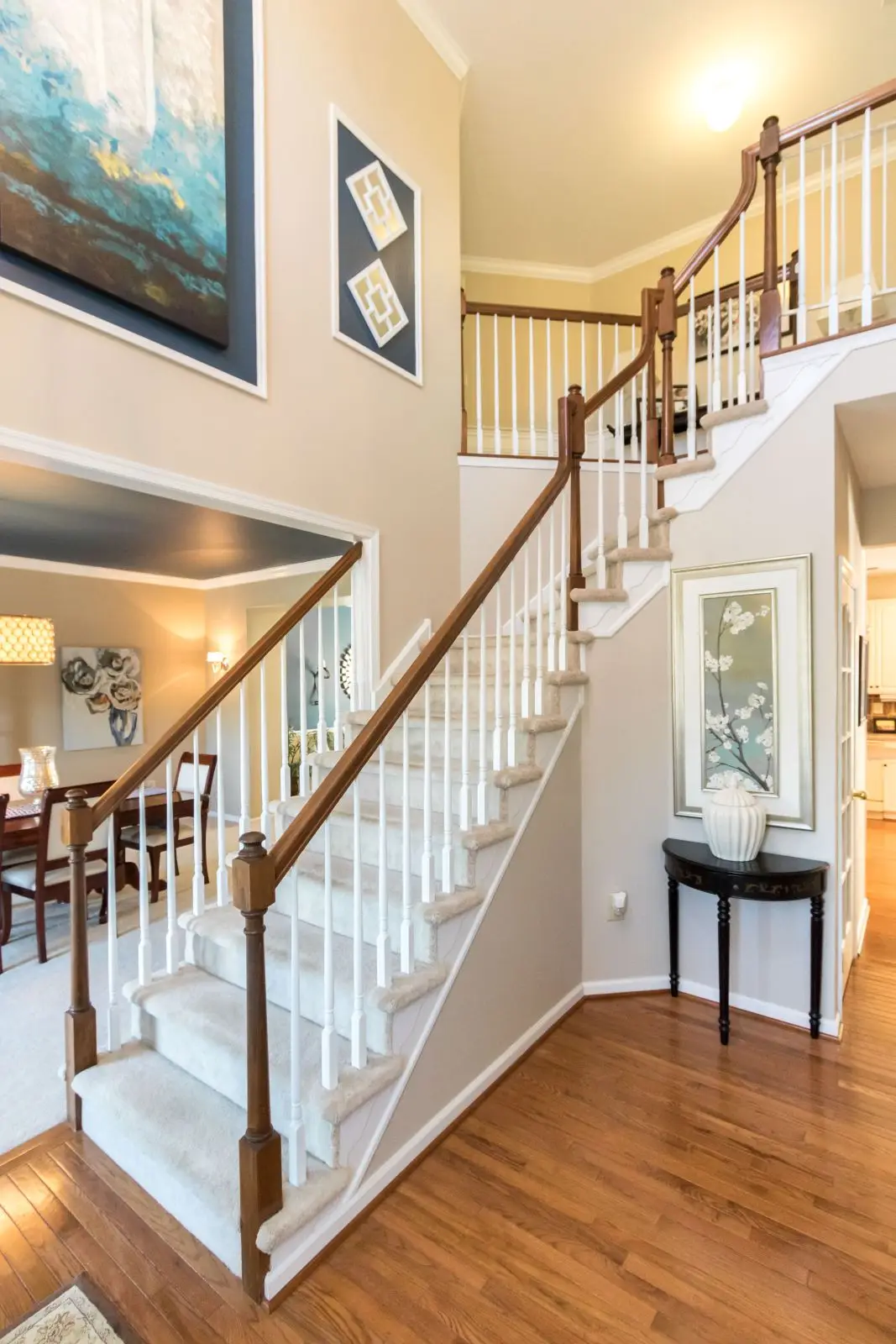As a business owner, it’s important to recognize the impact that office paint can have on employee productivity. Choosing the right colors can make a big difference in how employees feel and perform in their daily tasks. That’s why it’s essential to understand the various ways that different shades of paint can affect the workplace environment.
In this article, we’ll discuss the impacts of office paint on employee productivity and provide valuable insights for commercial painting contractors and business owners alike. We’ll explore the benefits of different color palettes, from stimulating creativity to promoting calmness, and offer suggestions for creating an optimal working atmosphere. By taking a thoughtful approach to paint selection, employers can foster a positive work environment that boosts productivity and enhances employee well-being.
The Role Of Color In The Office
An office is a place of hustle and bustle, where deadlines need to be met and tasks must be accomplished. But what if the atmosphere itself could help in productivity?
Mood lighting and light intensity play an integral role in setting up a conducive working environment. A splash of color can instantly bring life into any dull corner – it has been known to reduce stress levels, boost productivity and enhance creativity. Color communicates without words and transcends language barriers, making it easier for employees to connect with each other no matter their background.
It’s time we break through the monotony of plain gray walls and explore how adding color can make our offices more vibrant workplaces. Moving on from here, let us look at the benefits of using color for increased productivity.
Benefits Of Color For Productivity
Selecting the perfect color scheme for your office painting project is crucial to ensure employee productivity. While certain primary colors can stimulate focus and alertness, neutral colors can induce relaxation. Additionally, passion-inspiring colors can help motivate employees and increase their creativity. To achieve the best results, it’s essential to carefully consider the psychological effects of different colors before selecting the right paint for your office.
The psychological impact of different color schemes also plays into this equation, as some hues may evoke pre-existing associations within individuals based on past experiences. For example, blue is often associated with feelings of trustworthiness and security, making it an ideal choice for businesses seeking to create a reliable atmosphere where employees feel safe and comfortable working. Conversely, reds could inspire energy but might come off as too intense if used excessively.
Ultimately, finding the right balance between environmental stimulation and comfort should be the top priority when selecting office paint colors.
Psychological Impact Of Color Schemes
The psychological impact of office color schemes is an important consideration when it comes to boosting employee productivity. Color can have a profound effect on our moods and emotions, which in turn impacts how we think and interact with one another.
From the standpoint of visual appeal, different colors evoke different responses and emotions:
- Warm tones such as red, orange, yellow, or pink are naturally stimulating while also providing a feeling of comfort;
- Cool tones like blue, green, purple, or gray bring about feelings of calmness and relaxation;
- Neutral hues like black and white give off a sense of balance without being overly stimulating.
In addition to visual appeal, certain shades can be used for mood enhancement. For instance, bright yellows add energy to any space while muted blues invite introspection.
Thus by carefully choosing the right colors for the office environment, employers can provide employees with the necessary tools to increase their focus at work. By doing so they will also create an atmosphere that encourages collaboration among team members and fosters creativity. Taking all this into account leads us seamlessly onto what might be considered the most crucial element when selecting office paint: functionality.
Choosing The Right Colors For The Office
Choosing the right colors for an office can be likened to a chess game. Every color has its own impact and must be carefully considered before making a move in order to make sure it achieves the desired outcome.
The visuals of office space have a significant role in creating visual appeal, and setting up workplace culture, productivity, and overall well-being.
The choice of colors should primarily depend on the type of work being conducted at the office as different activities require distinct hues to promote effectiveness. Cooler shades like blues or greens are usually best suited for offices focused on concentration while warmer tones such as oranges or reds might suit more creative spaces.
Furthermore, research suggests that having multiple colors allows employees to focus better by stimulating their brains with diversity rather than one single color monotony. Thus, finding the perfect balance between these two is key when aiming for optimal productiveness from employees without compromising visual appeal.
To summarize, choosing appropriate colors for an office is not only about aesthetics but also about fostering a beneficial environment suitable for all kinds of tasks carried out within the workspace. With this in mind, let us now discuss strategies for achieving optimal color combinations.
Strategies For Achieving Optimal Color Combinations
When it comes to creating a productive work environment, the colors of an office play a huge role. Creative offices have been known to utilize bolder and more diverse color combinations in order to encourage energy balance among their employees.
To achieve optimal results, businesses should consider using shades that are calming for when staff need to focus on tasks; yet vibrant enough to boost morale and keep workers motivated. The best way to create a successful combination of colors is by experimenting with various hues until the desired effect is achieved.
It’s important not to neglect any part of the office either, as each space has its own purpose and distinct atmosphere. Taking into account how different colors affect moods can help determine which ones will be most beneficial in different areas. From conference rooms and break-out spaces, all the way down to corridors and reception desks – every corner should reflect your business’ vibe through carefully chosen shades!
Final Thoughts
In conclusion, the right office paint can have a significant impact on workplace productivity. As we’ve seen, color has an important psychological effect and should be used strategically to maximize employee satisfaction and performance.
Employers should consider the different effects of each hue before making any decisions about their office’s interior design. With proper planning, you can create an environment that encourages creative thinking and increases motivation for both employees and employers alike. By understanding how colors affect our mindsets, we can take advantage of this powerful tool and make the most out of our working space!





